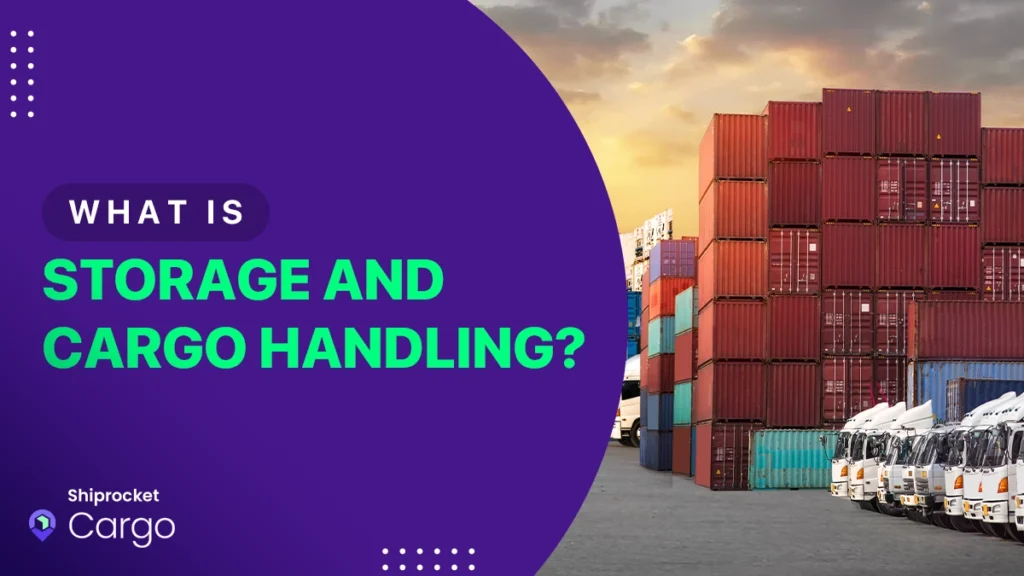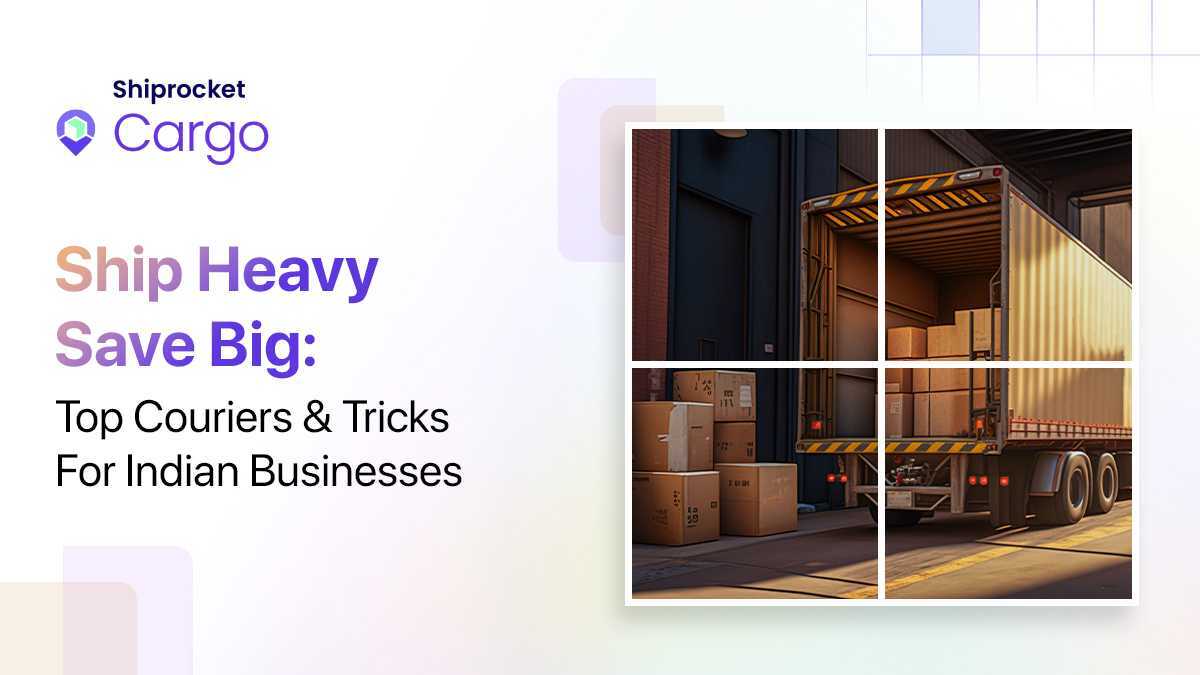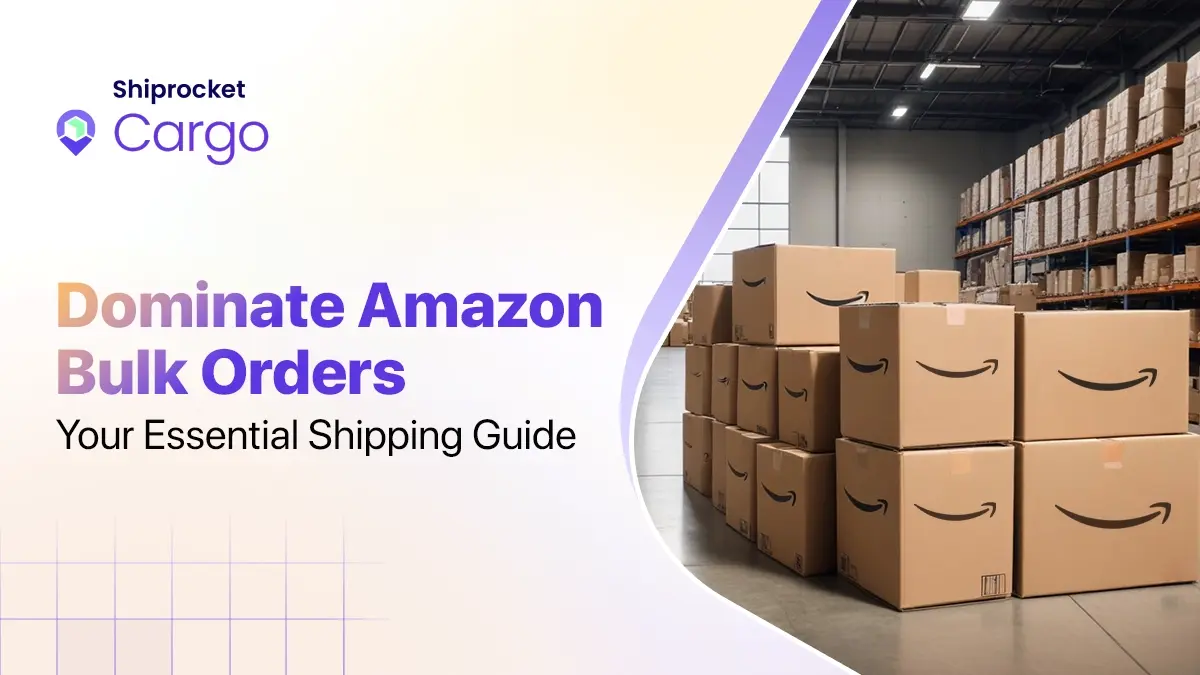What Is Storage And Cargo Handling?
Storage is easy to understand, and one can sense by the term what it means. However, Cargo handling can be comparatively complicated to understand as it involves loading and unloading at a warehouse or a logistics centre. Not only this, but it also incorporates transportation, warehousing management, sorting, and assortment.
We also need to consider understanding their functions as they make up a considerable portion of the logistics costs.

Why Is Storage Necessary?
Storage is necessary to fill the temporal gap and consistently supply goods to the market. It also plays an integral role in maintaining the quality check at the warehouses and the product’s value.
For example, the storage function for fresh fish, vegetables, and fruits has dramatically improved with the advent of freezers and refrigerated warehouses. Important logistics centers in storage include distribution centers (DC), transfer centers (TC), and process distribution centers (PDC).
What Is Cargo Handling?
Cargo handling refers to the overall transportation activities in warehouses and logistics centers such as loading and unloading of cargo, transporting cargo, warehousing, picking, and sorting.
The critical work in cargo handling is separated into six tasks as mentioned below-
Assortment, stacking/taking inventory, transportation, storage (allocation), sorting, and picking.
These tasks impact the productivity and quality of logistics. Cargo handling is an essential part of logistics and losses in cargo handling directly affect and increase the logistics costs.
What Is Receiving Inspection?
Retailers purchase goods to sell to the end consumer. The raw materials and parts are purchased and shipped as products in manufacturing. In logistics as well, Cargo is accepted, inspected, stored and shipped to markets every day.

- Cargo is received.
- Received shipment is inspected.
- Goods are kept in the warehouse.
- Goods are stored, distributed, and processing and packaging is performed.
What Is Material Handling?
Material handling is a term used for machine that make cargo handling work more efficient. For example- assortment, loading and unloading, transportation, and sorting.
In other words, machines that make moving cargo around easier and also automate handling. These includes simple machines such as carts, forklifts, conveyor belts, industrial robots and automated warehouses that minimise the labour requirements and loading time. This also includes automated picking machines, product management machines using RFID tags, and machines that perform automated conveyance and sorting as examples of machines that have been increasing in recent years.
What Is Taking Inventory?
Taking inventory is a task in which the numbers, types, and quality of all items in inventory are checked.
Taking inventory is extremely important in inventory and business management. However, it can be difficult for large-scale facilities to take inventories such as warehouses or logistics centers due to the massive number of labor, time, and costs because all goods must be checked. All operations or a portion of operations must also be stopped during the period in which inventory is taken.
Inventory management can be performed in real-time to help make speedy business decisions. But, if warehousing management is performed accurately in daily work, the burden of taking inventory can be reduced by adding the data. However, if warehousing management is performed properly every day, then the burden of taking data can be greatly reduced by adding up that data.
What Is Picking?
Picking is gathering products to ship while checking the item numbers and the quantities of those products on a shipping list. There are two shipping methods in which the products are collected individually for each shipping location and the total of the picking method in which the products were collected prior to shipment and then sorted by the shipping destination.
The single picking method is the most basic method of picking. It is when the products written on the shipping instruction form (picking list) are searched for and then shipped.

This picking method is only suitable to mail order and other businesses because it is very flexible and accelerates the process of shipping. However, it is simple but takes a lot of time for the workers to find the products.
In other words, the total picking method is also called the assort method. This method is helpful for shipping large quantities of products to a very small number of destinations.
Products are collected in bulk so the burden on workers can be lessened, but space is required to sort the products. Disadvantages to this method are that it is difficult to know the status of sorting products and handle sudden additions of products.
What Is Shipping Inspection?
This is very similar to the receiving inspection. In shipping inspection, the contents of the shipment are inspected for mistakes when shipped.
- Create a shipping instruction form (picking list) for the contents of the order.
- Pick the products according to the shipping instruction form (picking list).
- Perform distribution processing.
- Inspect.
- Package.
- Ship.
Outsource To 3PL
If managing business logistics effectively has proven tricky for your company, turning to a third-party logistics (3PL) business might be the solution you need to kick-start your efficiency. The two most frequently outsourced logistics processes are warehousing and transportation.
Shiprocket Cargo is a B2B shipping and logistics aggregator in India and makes cargo shipping effortlessly easy for their customers. Shiprocket Cargo and streamlines Cargo and B2B logistics with its vast network of carriers. You can now track all your orders and keep customers informed about the courier movement.
Why Shiprocket Cargo?
- Affordable Rates – Shiprocket Cargo provides the best rates for all shipments, whether you need B2B shipping or cargo shipping.
- Multiple Carriers– Streamline cargo and B2B logistics with our wide network of carriers. Track all your orders and keep your customers informed about the courier movement in real-time.
- Get Accurate Recommendations– Our AI tool offers the best carrier recommendations for every shipment based on your shipping needs, delivery dates, and budget.
- Dedicated Support- The dedicated team at Shiprocket Cargo will always help you and guide you through the way whether you need assistance with pickups, tracking shipments, or clearing any disputes with carriers.
- Support for Multiple Modes- Send your eCommerce and cargo shipments through air or surface.
- Wider Reach– We serve 28,000+ pin codes within India and continuously expand more every day.
- Zero Platform Fees– Simple and easy-to-understand pricing for our customers and no hidden charges.



